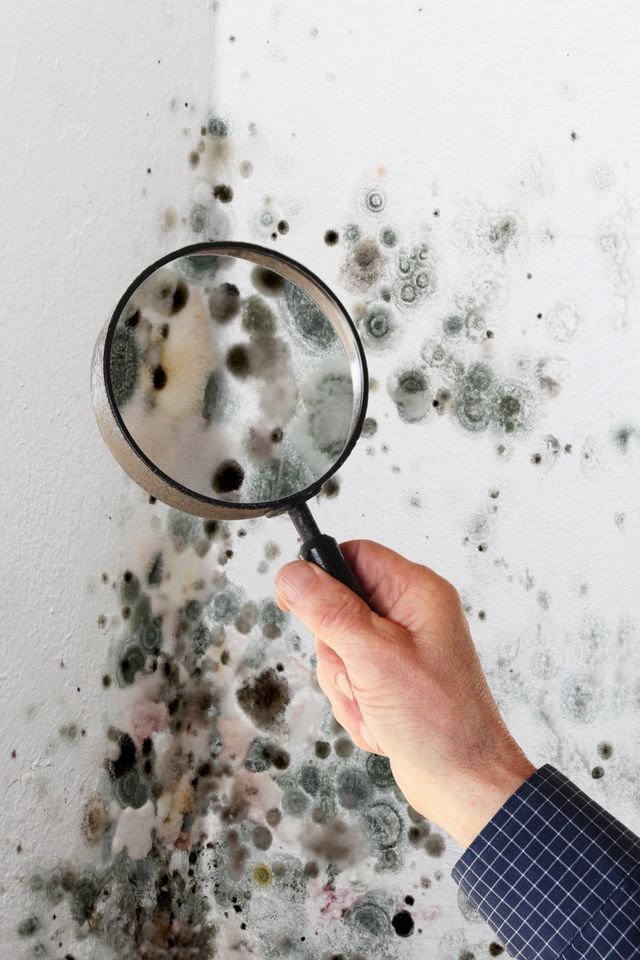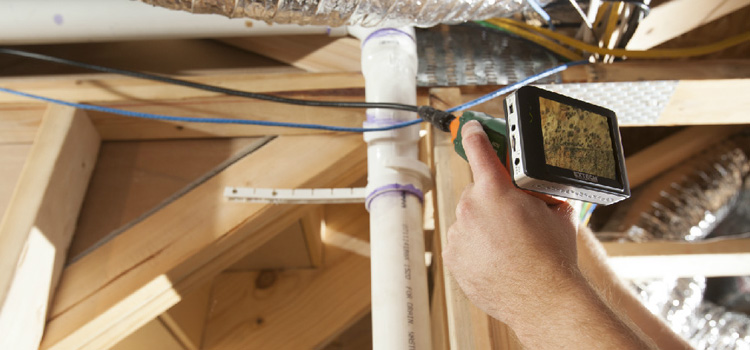After Mold Remediation Approaches for Clean Areas
After Mold Remediation Approaches for Clean Areas
Blog Article
Your Ultimate Overview to Blog Post Mold And Mildew Removal Techniques
Navigating the realm of post-mold remediation strategies is a thorough procedure that requires attention to information and a thorough understanding of the ins and outs included. In the consequences of mold problem, understanding just how to efficiently eliminate the mold and stop its reoccurrence is extremely important for preserving a healthy interior setting. From picking the right cleansing and sanitizing methods to implementing techniques for lasting mold and mildew avoidance, each action in the removal trip plays a vital function in making certain a successful result. As we start this expedition of post-mold remediation strategies, we will certainly reveal the crucial methods and finest techniques that can assist you restore your room to its pre-mold problem and protect it versus future mold threats.
Comprehending Post-Mold Remediation Refine
After completing the mold remediation procedure, it is vital to comprehend the post-mold remediation methods that are necessary to ensure a extensive and efficient cleaning. Once the mold has actually been eliminated, the following step includes cleansing and disinfecting the impacted locations to avoid any type of regrowth of mold and mildew.
Furthermore, carrying out a final assessment post-remediation is vital to ensure that all mold has been effectively removed. This assessment should include a comprehensive aesthetic check in addition to potentially air tasting to validate the lack of mold spores in the air. Extra remediation might be needed if the evaluation discloses any remaining mold. Informing owners on preventive measures such as controlling wetness levels and quickly resolving any kind of water leakages can assist preserve a mold-free environment.
Effective Cleaning Up and Sanitizing Approaches

Avoiding Future Mold Development

Significance of Correct Ventilation
Correct ventilation plays an important duty in stopping moisture accumulation, a crucial variable in mold and mildew development within interior atmospheres. Effective ventilation systems assist get rid of excess moisture from the air, lowering the possibilities of mold and mildew spores locating the wetness they require to spread out and germinate. Without adequate ventilation, indoor rooms can become a breeding place for mold, causing potential health risks and structural damage.
By guaranteeing appropriate air blood circulation, air flow systems can additionally assist in drying damp areas much more quickly after water damages or flooding cases, even more discouraging mold and mildew development. testing air quality after mold remediation. In rooms like washrooms, kitchens, attics, and cellars where dampness degrees often tend to be higher, installing and keeping reliable air flow systems is critical in avoiding mold and mildew problems

Surveillance and Upkeep Tips
Given the essential role that pop over to these guys proper air flow plays in preventing mold development, it is critical to develop reliable tracking and upkeep pointers to make certain the ongoing performance of air flow systems. Regular examinations of ventilation systems should be conducted to look for any signs of blockages, leaks, or malfunctions that could hinder appropriate airflow. Tracking moisture degrees within the property is also crucial, as high moisture can add to mold growth. Installing a hygrometer can assist track moisture degrees and sharp property owners to any kind of spikes that may require interest. In addition, ensuring that air filters are routinely cleaned or changed is essential for maintaining the effectiveness of the air flow system. Implementing a schedule for regular upkeep tasks, such as duct cleansing and cooling and heating system assessments, can aid avoid concerns prior to they rise. By staying conscientious and aggressive to the condition of ventilation systems, home owners can properly mitigate the risk of mold regrowth and keep a healthy indoor setting.
Conclusion
To conclude, post-mold remediation techniques are vital for guaranteeing a safe and clean atmosphere. Recognizing the process, implementing efficient cleansing and sanitizing methods, avoiding future mold development, preserving correct ventilation, and routine tracking are all essential actions in the removal process. By adhering to these standards, you can efficiently websites remove mold and stop its return, functioning or promoting a healthy living area for all passengers.
In the aftermath of mold and mildew infestation, understanding exactly how to efficiently eliminate the mold and prevent its reoccurrence is extremely important for keeping a healthy interior setting. Once the mold and mildew has actually been eliminated, the following step includes cleaning and disinfecting the affected locations to prevent any kind of regrowth of mold - After mold remediation. After eliminating noticeable mold development, it is essential to clean up all surfaces in the afflicted area to remove any type of continuing to be mold spores. To better improve mold avoidance procedures, it is essential to attend to underlying issues that initially led to mold development.Offered the vital function that appropriate air flow plays in protecting against mold and mildew growth, it is essential to establish reliable surveillance remove mold in air and upkeep ideas to make certain the continued functionality of air flow systems
Report this page